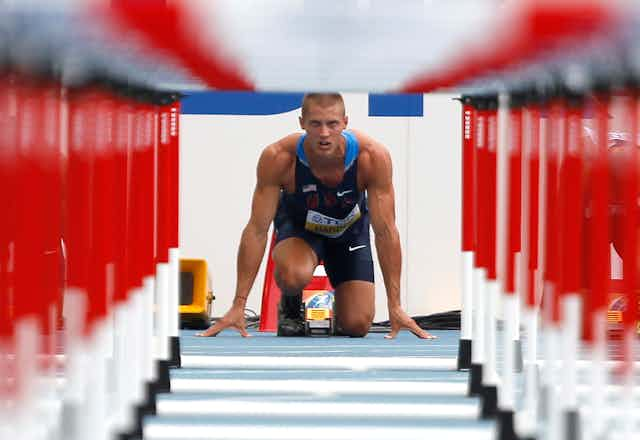Runners in the 2019 World Athletics Championships in Qatar will know that, when winning depends on a difference of a few thousandths of a second, getting a good start is crucial. Intuition suggests the way athletes start a race should depend on the event. Hurdlers, for example, need to clear their first barrier after only seven or eight steps, while sprinters are faced with a clear track all the way to the finish line.
In fact, it’s a common belief that hurdlers “pop up” out of the blocks. That is, they adopt an upright posture more quickly because they need to clear that first hurdle, compared to sprinters’ continued forward lean for acceleration. Coaching texts have kept the idea of this apparent difference alive. But, until now, no one had directly compared exactly how hurdlers and sprinters start. Our newly published study suggests that, in reality, the two types of athlete start their races in quite a similar way. So there is lots to learn from each other about how they could improve their performance.
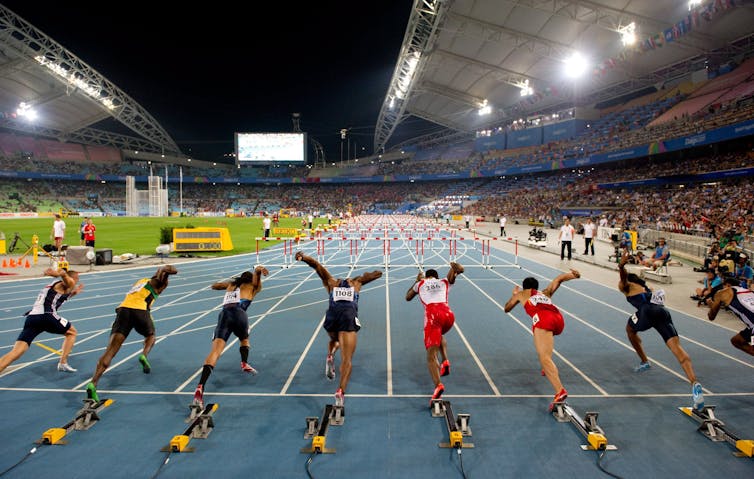
Our study, conducted at the most recent World Indoor Championships in Birmingham 2018, for the first time analysed in depth the sprint start techniques of the very best male athletes in the world. It gives an impression of how top athletes perform when gold medals are on the line. The project was led by our colleague Dr Athanassios Bissas and backed by the International Association of Athletics Federations.
Coaches and scientists like to break down the sprinting action into different phases to help with their analyses. The sprint start is often divided into the initial push with both feet on the blocks, followed by the phase in which only the front foot remains pushing on the blocks. Then each step the athlete takes is composed of a flight phase and a ground contact phase.
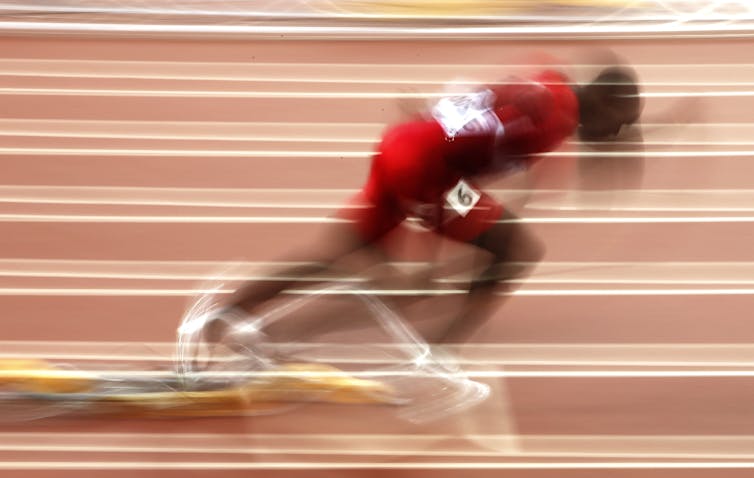
Each of these phases can be analysed in minute detail to try to shave those vital fractions of a second from the final race time. Using four high-speed cameras around the arena, we created a detailed computer model of each of our male athletes. These were then combined to create overall models of performance separately for sprinters and hurdlers, for comparison.
Athletes can choose how close to the starting line to place their starting blocks. They typically want to be as close to the line as possible without being too hunched up in a way that would negatively affect their start. Our study shows that hurdlers set their blocks up nearer to the line than sprinters, probably because they are aware of the need to reach the first hurdle in only seven steps without having to overstretch.
By the time the athletes have left the blocks, the hurdlers have pushed themselves slightly further forwards and upwards than the sprinters. But overall, their body positions are remarkably similar.

At first foot contact with the track, upper bodies of hurdlers are in a more upright position than that of the sprinters, but their lower body positions are all similar. By the time the athletes have left the ground, both their upper and lower body positions match more closely across the groups. This pattern of differences repeats for the first three steps that we measured.
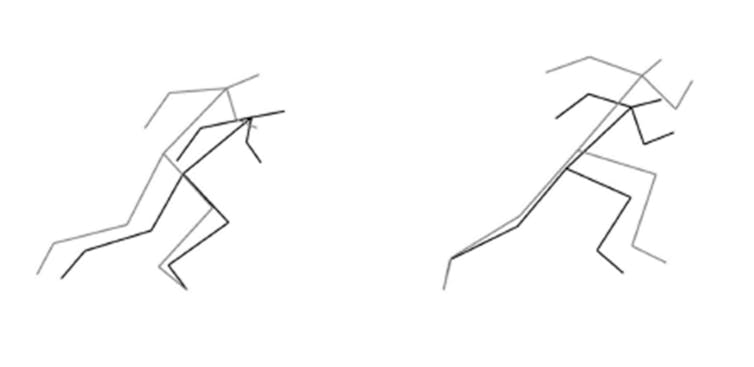
The difference in upper body positions when the athletes’ feet hit the track is probably what creates the impression that there are large differences between sprinters and hurdlers. It’s what makes the hurdlers look like they are indeed “popping up”. But the hurdlers’ techniques looks much like that of the sprinters by the end of the first ground contact.
Extensive previous research on sprinters has shown how effective they are at projecting themselves forwards rather than upwards from the blocks. The similarities that we have found suggest that hurdlers are almost as effective at this forward propulsion, despite the imposing physical barriers in front of them.
Implications for training
We think our study has two major implications. First, it could be a lot easier for athletes to transfer from sprinting to hurdling than currently thought. There is little in our work to suggest that sprinters would struggle with performing an effective approach to the first hurdle. Giving hurdles a try might allow some sprinters to discover an event that they are more suited to.
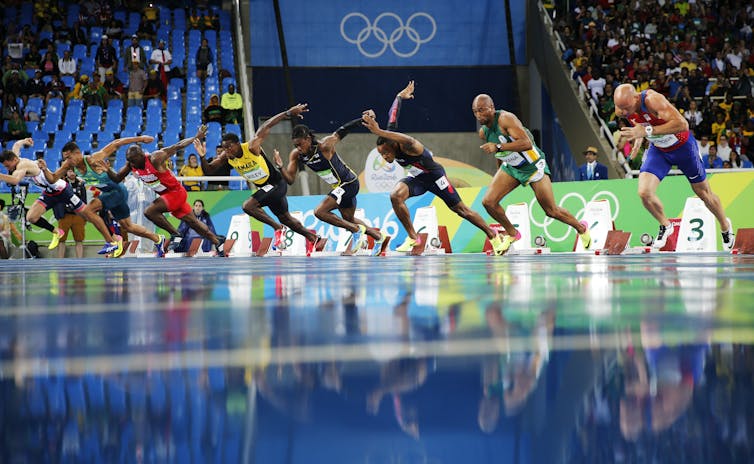
Second, hurdlers can learn much about effective acceleration from sprinters. They should be encouraged to explore the range of their capabilities with and without hurdles. Coaches should focus on the similarities between the two events, rather than the perceived differences. This would offer more opportunities for coaches and athletes to improve.
There are many questions that remain unanswered, especially relating to hurdling technique, which has received much less scientific attention than that of sprinters. For one thing, female hurdlers have to clear lower barriers so may not respond in the same way. Additionally, studies investigating how athletes change their technique as they progress from novice to national level to world class would be incredibly valuable to our understanding.

